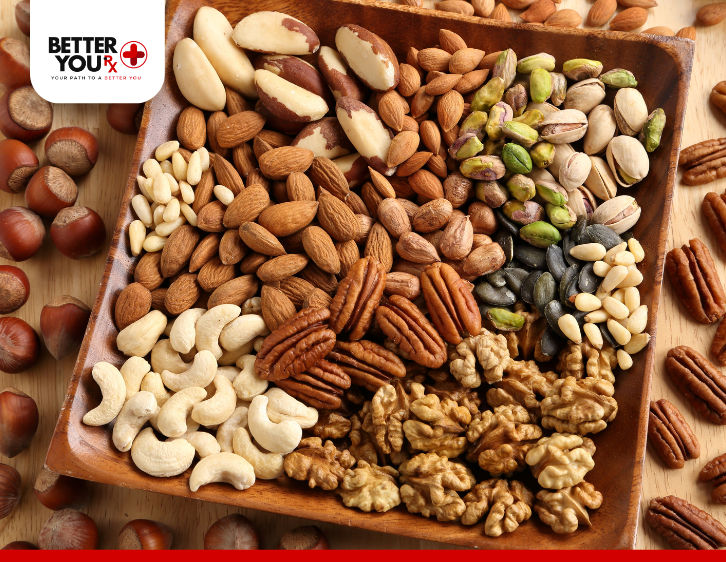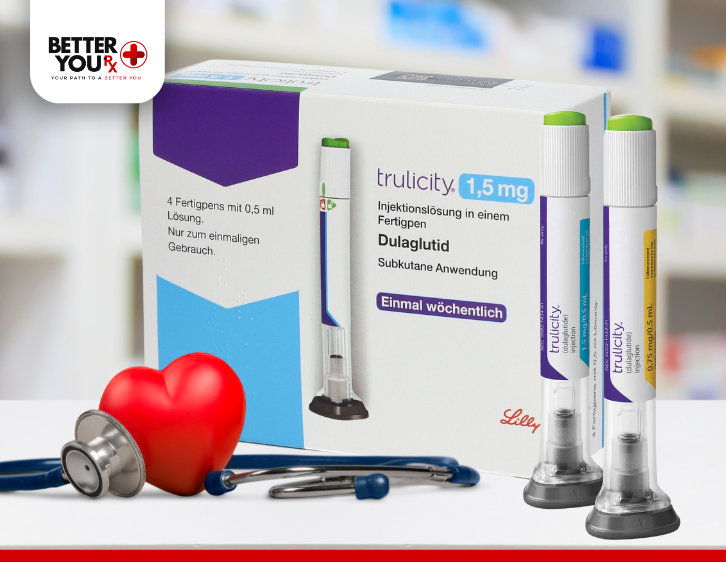Why Do Men Use Pregnyl?
Pregnyl, a medication containing human chorionic gonadotropin (hCG), is widely known for its role in fertility treatments for women, but it also serves critical functions in men’s health. By mimicking the action of luteinizing hormone (LH), Pregnyl stimulates the production of testosterone and supports various reproductive and hormonal processes. This detailed guide explores the many reasons why men use Pregnyl, its benefits, and important considerations.
What is Pregnyl?

Pregnyl contains hCG, a hormone naturally produced in the human body during pregnancy. In men, hCG replicates the effects of LH, a hormone essential for stimulating the testes to produce testosterone and sperm. This unique mechanism makes Pregnyl an effective treatment for several conditions related to hormonal imbalances and reproductive health.
Why is Pregnyl Prescribed for Men?

- Treatment of Hypogonadism Hypogonadism occurs when the testes produce insufficient levels of testosterone. This condition can lead to symptoms such as:
- Decreased libido and erectile dysfunction
- Chronic fatigue
- Loss of muscle mass and strength
- Depressed mood or irritability
- Pregnyl helps by stimulating the testes to produce more testosterone, alleviating these symptoms and improving quality of life.
- Male Infertility For men experiencing infertility due to low sperm count or poor sperm motility, Pregnyl can enhance sperm production. By encouraging the testes to produce healthier and more active sperm, Pregnyl improves the chances of successful conception.
- Supporting Testosterone Replacement Therapy (TRT) Men undergoing TRT often experience suppressed natural production of LH and follicle-stimulating hormone (FSH), which can lead to testicular atrophy (shrinkage of the testes). Pregnyl is commonly used alongside TRT to maintain testicular size and function, preventing atrophy and preserving fertility.
- Delayed Puberty in Boys In adolescent boys with delayed puberty, Pregnyl can stimulate the development of secondary sexual characteristics such as:
- Deepening of the voice
- Growth of facial and body hair
- Increased muscle mass
- Athletic and Bodybuilding Uses Though not a medically approved application, some athletes and bodybuilders use Pregnyl to restore natural testosterone levels after anabolic steroid use. This helps counteract the suppression of testosterone caused by steroids, though this use carries risks and should only be done under medical supervision.
Benefits of Pregnyl in Men
- Restoring Hormonal Balance: Pregnyl supports the body’s natural ability to produce testosterone, improving physical, emotional, and sexual health.
- Enhancing Fertility: By improving sperm quality and count, Pregnyl increases the likelihood of conception.
- Preventing Testicular Atrophy: Used alongside TRT, Pregnyl helps preserve testicular function and appearance.
- Promoting Development: In boys with delayed puberty, Pregnyl accelerates the natural onset of puberty.
Potential Side Effects of Pregnyl

Like all medications, Pregnyl comes with potential side effects. While many are mild, others may require medical attention. Common side effects include:
- Mild headaches and mood swings
- Nausea or vomiting
- Pain or swelling at the injection site
- Gynecomastia (enlargement of breast tissue in men)
Rare but more serious risks include:
- Blood clots
- Allergic reactions
- Hormonal imbalances
Important Considerations When Using Pregnyl
- Consultation with a Healthcare Provider Pregnyl should only be used under medical supervision. Your healthcare provider will evaluate your condition, prescribe the appropriate dosage, and monitor your progress.
- Regular Monitoring Blood tests and hormonal evaluations are essential during treatment to track testosterone levels, sperm count, and overall health.
- Avoid Non-Medical Use Using Pregnyl for non-medical purposes, such as athletic performance enhancement, can lead to unintended health risks and legal consequences.
Alternatives to Pregnyl
Men who cannot use Pregnyl or are exploring other treatment options may consider:
- Clomiphene Citrate (Clomid): Stimulates the body’s natural production of LH and FSH.
- Testosterone Replacement Therapy (TRT): Directly supplements testosterone levels.
- Lifestyle Adjustments: Regular exercise, a balanced diet, adequate sleep, and stress management can naturally boost testosterone production.
Conclusion
Pregnyl is a versatile medication that addresses hormonal imbalances, infertility, and delayed puberty in men. Its ability to stimulate testosterone production and support reproductive health makes it a valuable option for many. However, as with any medical treatment, it is crucial to use Pregnyl responsibly under professional guidance to minimize risks and maximize benefits.
If you’re considering Pregnyl to address hormonal or reproductive health issues, consult your healthcare provider to determine if it’s the right solution for you. For safe, affordable access to Pregnyl and other medications, visit Better You Rx. As a trusted pharmacy-affiliated platform, we’re here to support your journey to better health and well-being.













